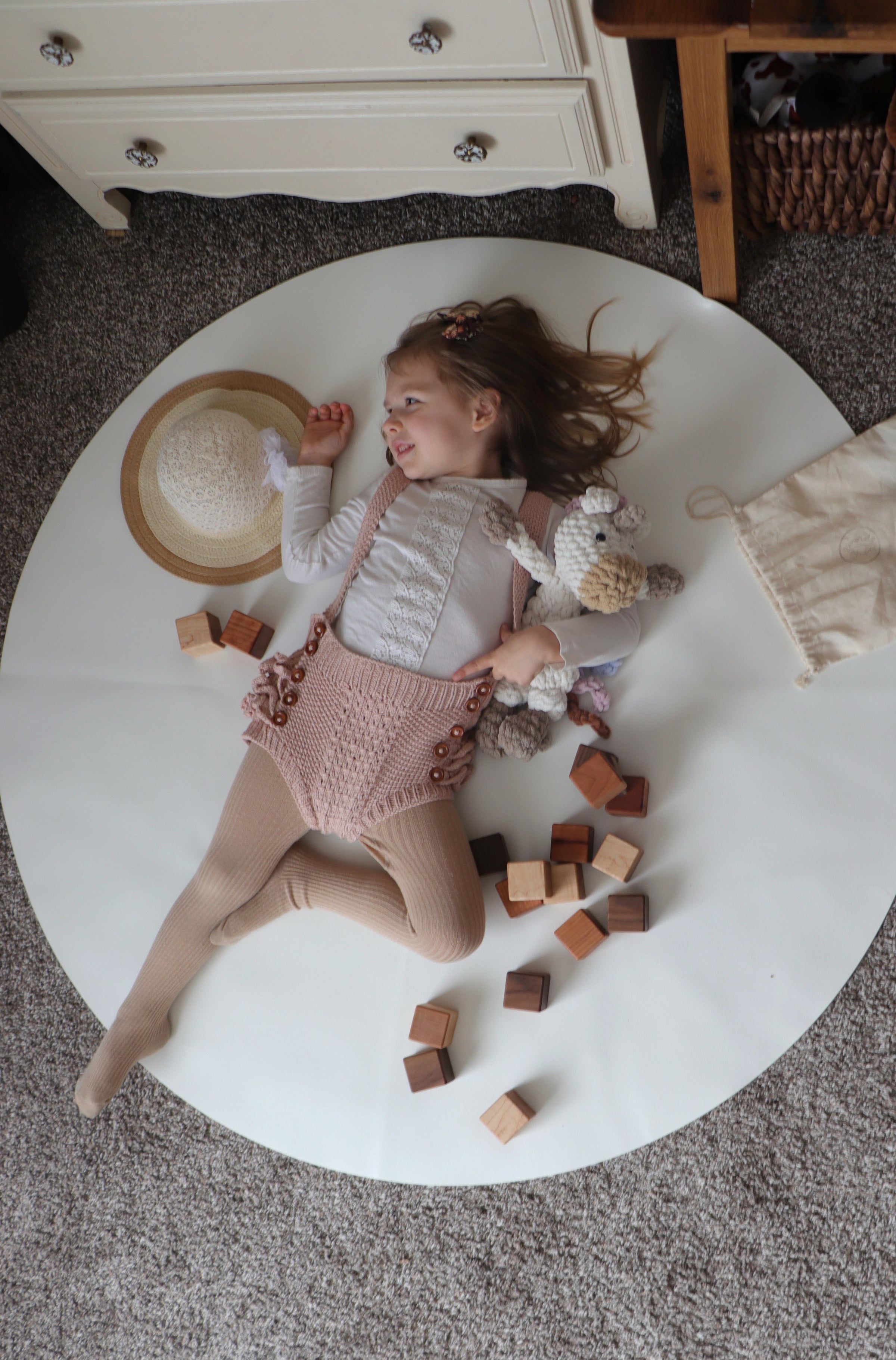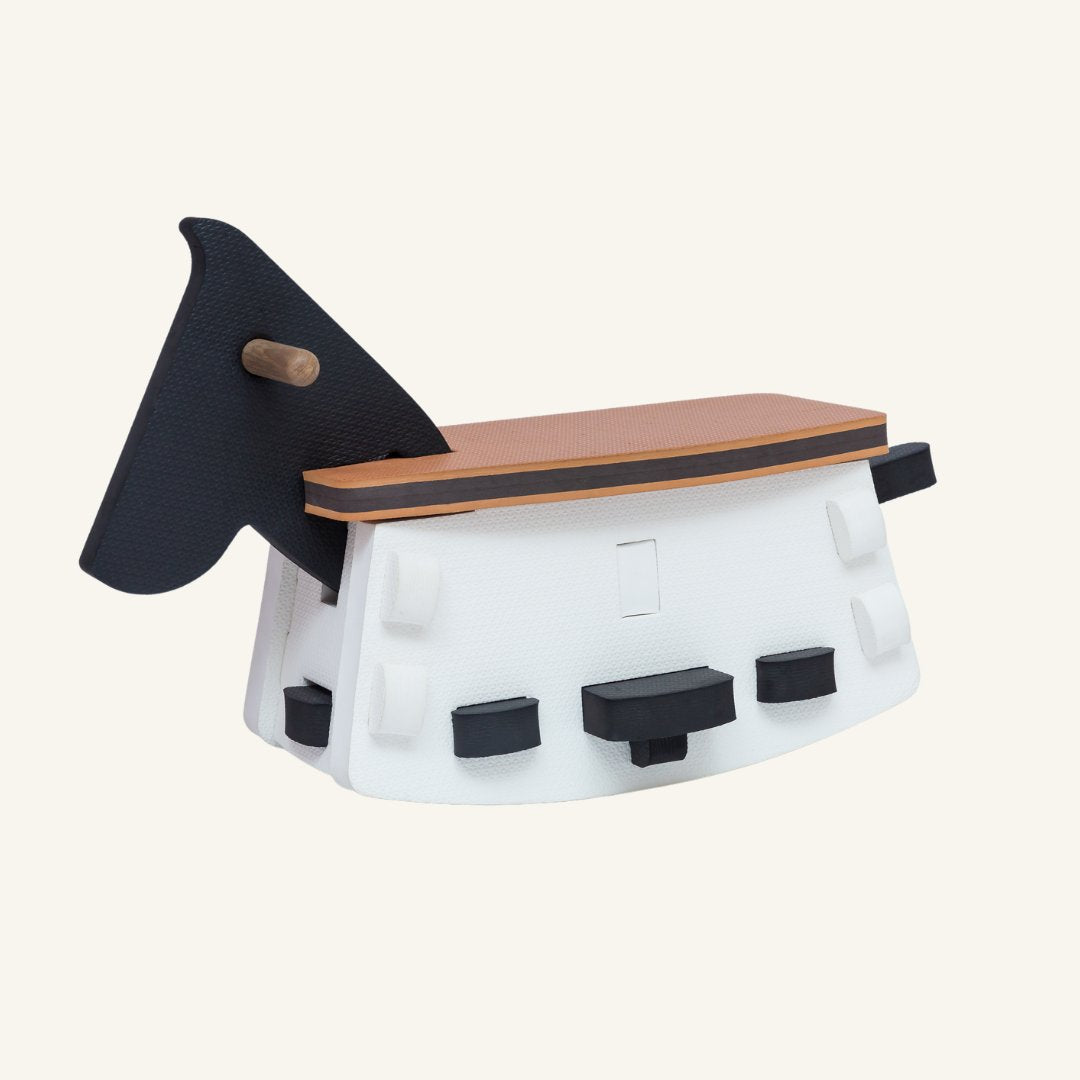How to Nurture Creativity in Your Kids

Nurturing creativity in children is an essential aspect of their growth and development. It aids problem-solving, encourages out-of-the-box thinking, and cultivates an appreciation for arts and innovation. As parents, it's our role to support and cultivate this creativity, providing opportunities for our little ones to express their imagination freely. Before we dive into the practical steps, here's a piece of expert advice: ensure your child gets plenty of movement throughout the day and nurture creativity in your kids. Pediatricians highlight that a child's physical activity is not only crucial for their physical health but also plays a key role in boosting cognitive flexibility and imagination.
Foster a Creative Environment
Creating a stimulating environment is instrumental in fostering creativity and imagination in children. When we talk about the environment, it's not just the physical surroundings but also the aura of possibilities and freedom that the space provides. Consider the space where your child spends most of their playtime. Is it conducive to creativity? Does it invite exploration and experimentation? One excellent addition to this space can be an extra large foam play mat.
The extra-large foam play mat isn't your ordinary play mat; its size alone makes it a unique component of a child's play area. Its expansive surface offers an exciting, inviting space for creative play. Children can spread out their toys, move around freely, and truly immerse themselves in their imaginative world. A Famokids play mat can become an ocean for their toy boats, a terrain for their miniature cars, or a blank canvas for their building blocks.

Nurture Creativity in Your Kids with a Few Engaging Activities
Engaging activities are a fun and effective way to nurture creativity in your kids.
Firstly, storytelling encourages imagination and language skills. Encourage kids to create stories with prompts or pictures. They can act out or draw their stories too. Secondly, another fun activity is designing their own board game. It encourages children to think critically and creatively. Additionally, it can be a fun way to spend time as a family.
In addition, art is a form of self-expression. For children, it's a way to communicate their thoughts, emotions, and experiences. Providing art supplies and materials is an excellent way to encourage their creative expression.
Start with the basics: paper, crayons, and markers. These are easy-to-use materials that even young children can handle. As your child grows, you can introduce other materials, such as paint, clay, or even digital tools. You can even incorporate a play mat waterproof into these activities. Having this mat means less stress about messes and more focus on play and creativity.
Encourage Imaginative Play
Imaginative play, also known as pretend or creative play, is a vital component of childhood development. It's during these moments of play that children learn to navigate the world around them, test out ideas, express their thoughts, and build social and emotional skills. This can also be a great tactic to mitigate the stress kids may feel during the big life transition, such as moving to another country, changes in the family, or school problems. In fact, experts from Bravo Moving told us that when they work on moving families, they usually see kids playing around the boxes, searching for their personal treasure chests, or hiding in the castles made from the prepared moving boxes.
To foster imaginative play, provide your child with open-ended toys and props. These can be anything from stuffed animals and dress-up clothes to cardboard boxes and everyday household items. These materials can act as prompts, sparking your child's imagination and inspiring a myriad of play scenarios. And if you like taking creative play outside, it can be super easy to do all these activities with the right equipment. Use the anti-slip Famokids Eazy™ Leather Mat as the perfect padding for active play. This way, you will not have to worry about getting dirty or being uncomfortable, and you will get some much-needed fresh air with your little one.

Limit the Screen Time
Screen time has become an increasingly prevalent part of children's lives. While technology can be beneficial in certain contexts, excessive screen time can negatively affect a child's physical and mental well-being. As such, it's essential to set limits on screen time to foster creativity and promote a healthy lifestyle.
The American Academy of Pediatrics recommends that children between the ages of two and five should have no more than one hour of screen time per day. For children aged six and above, the recommendation is to set consistent limits on screen time. These limits should ensure that it does not interfere with sleep, physical activity, or other healthy behaviors.
Limiting screen time encourages children to engage in other activities. Plan a perfect playdate for your kid, such as playing outside, reading, drawing, or building with blocks. These activities can promote creativity, imagination, problem-solving, and social skills. Additionally, they offer a break from the constant stimulation of screens, ultimately allowing children's brains to rest and recharge.
Let Them Make Mistakes
Mistakes are an inevitable part of life, and children are no exception. While it can be tempting to shield children from failure, allowing them to make mistakes and learn from them is essential. When children make mistakes, they have the opportunity to develop problem-solving skills. They learn to identify what went wrong and develop strategies to correct it. This process encourages critical thinking and analytical skills, essential for success in all aspects of life. In addition, making mistakes can build resilience and confidence. When children overcome obstacles and bounce back from failure, they develop a sense of accomplishment and self-assurance that can carry over to other areas of their lives.

Final Thoughts
There are many ways to nurture creativity in your kids. Provide them with art supplies and materials and engage them in imaginative play. In addition to that, limiting screen time and allowing children to make mistakes are all excellent strategies for fostering creativity and promoting healthy development. By incorporating these practices into our daily routines, we can help children develop a love for creativity and exploration, preparing them for success in all aspects of their lives. As parents, it's essential to provide a stimulating and nurturing environment that encourages imagination, independence, and self-expression.








Leave a comment